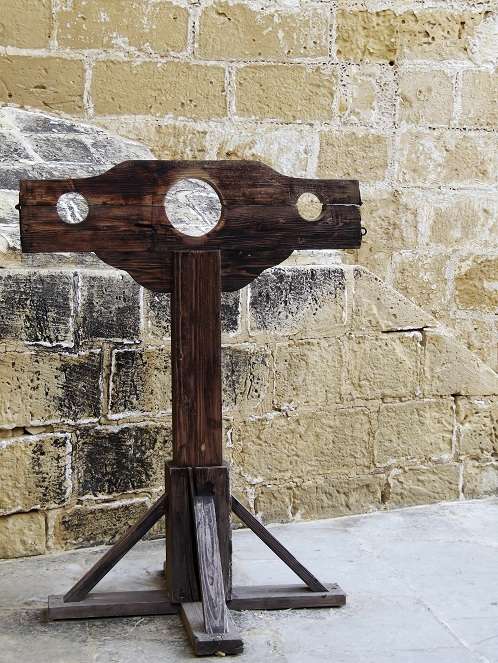Looking for information on torture devices used in the Spanish Inquisition? Want to know what devices were used? Our guide to the Spanish Inquisition torture methods gives you the facts you want to know.
The Spanish Inquisition began in 1480 when the monarchs Isabella and Ferdinand became concerned about the rule of law and the possible creeping problem of ‘Catholics’ who attended the synagogue to circumvent a law, that exiled all non-Catholics, the inquisition quickly moved to use absolute terror to control heretics, the two main weapon’s were terror coupled with execution and formidable torture devices. These heretics often faced torture and execution without learning what they had been accused of, as often there was no foundation to the accusations that were simply used by people wishing to get rid of enemies or as a form of retribution for some offence committed against an individual.
Spanish Inquisition Torture Devices
The torture devices that the Spanish Inquisition utilized were truly horrific, one example is something called the pear, this device was inserted into any orifice of the male or female body then a screw would be turned, which opened up the pair like petals inside the body, ripping apart the flesh inside, the torture was usually fatal. Many torture devices were not used to extract confessions from the Inquisition’s victims, they were simply methods of slow and painful death, another example would be the so-called ‘ water cure’ which would involve as much as 30 pints of water being forced down the victim’s throat producing excruciating pain in the abdomen, and often death.
Spanish Inquisition Torture Methods
In another popular torture that was considered a method of execution for heretics, the victim would be tied to a wooden cross then methodically the executioner would break the bones of each arm and each leg in two places using a heavy metal bar, the victim would then simply be left for as long as it took for him to die, this particular torture method of the Spanish Inquisition was later altered as it did not satisfy the public’s taste for blood, as they did not wish to stand around for days, waiting for the victim to die so after a few hours, the heretic would be burnt alive.
Spanish Inquisition Death Toll
One slow torture device that did please the crowds during the Spanish Inquisition was ‘the cage’ the victims were placed inside a cage which allowed them to only stand upright, this cage would then be hauled up, well above the ground in a location such as the local market, so that it could be viewed easily by the shopping public as a victim took several days to die from dehydration, and the crows pecking at their still live flesh. The torture by the Spanish Inquisition went on for some 350 years until it was outlawed, although incredibly inquisition itself was not disbanded until the 20th century.





